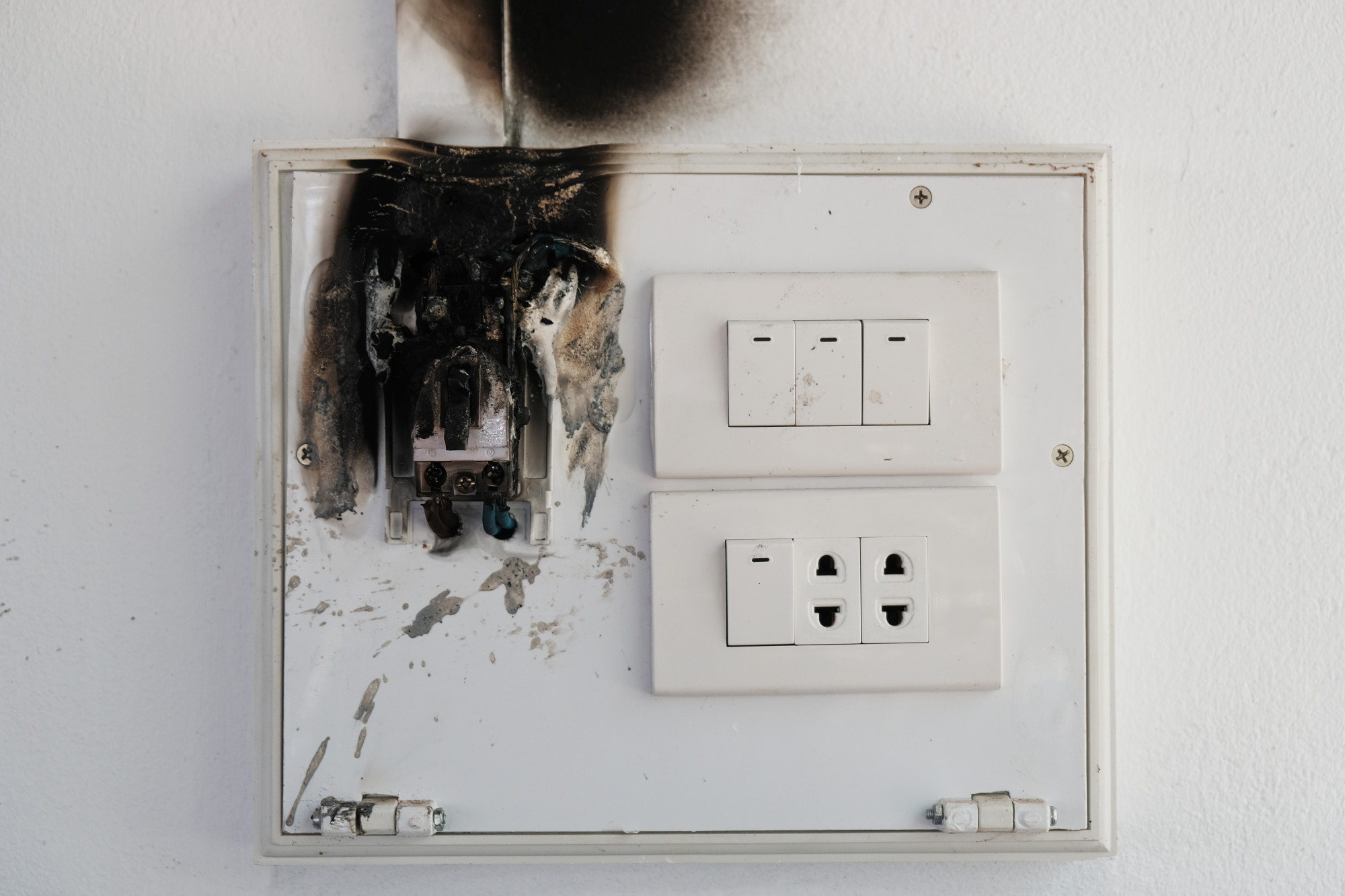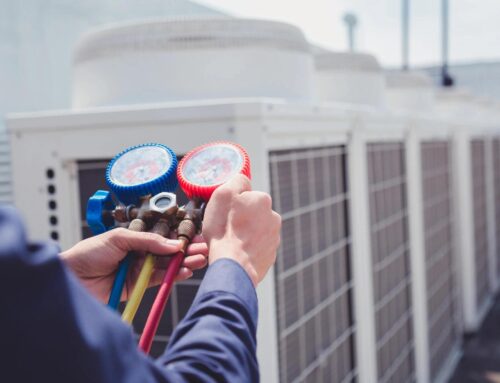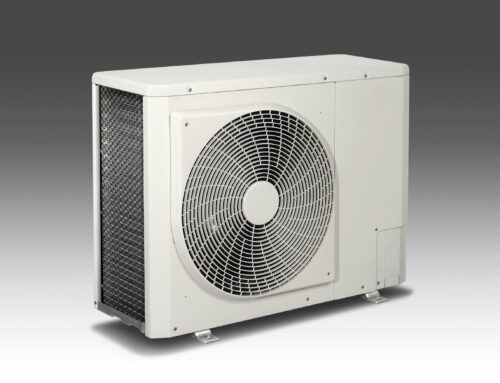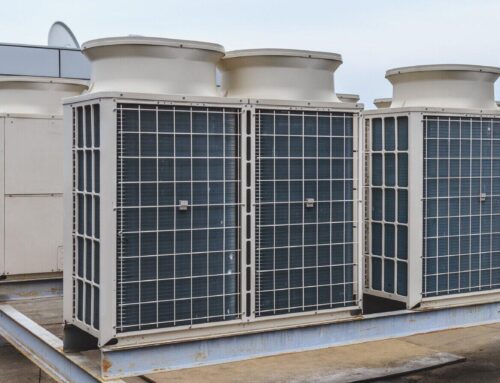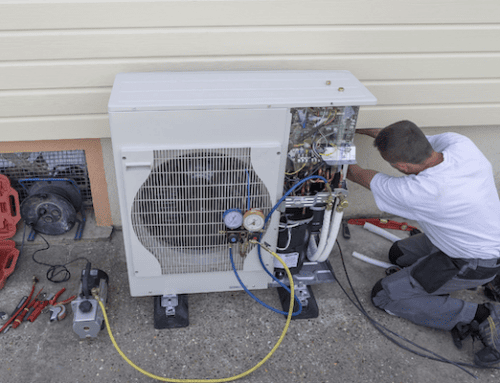In 2021, 194 million bolts of lightning struck the United States.
Nature can put on an impressive electrical display. Each bolt of lightning contains as many as one billion volts of electricity. The problem comes when that lightning hits a power line.
Lightning is one of the leading causes of an electrical surge in the home. When it hits a power line, all of that electricity rushes through the system, causing a massive boost to the voltage.
This power will enter your home, burn insulation and wires, and damage your electronics. That can be a heartbreaking and expensive moment.
Keep reading to learn how to protect your home from a power surge.
What Is an Electrical Surge?
A power surge is when the electricity coursing through your wiring suddenly spikes. Most homes will generate an average of 120 volts, up to a peak of 169 volts with normal electrical fluctuations.
When the voltage soars past the safe limit, it can destroy the electrical components of your devices. Your television, laptop, and air conditioner can all end up with their wiring fried instantly.
This can be one large event, like a lightning strike. However, smaller surges can damage your electronic devices over time. One day, you will notice they no longer switch on.
A power surge can also come from electricity overload within the house. Switching on power-hungry electronics like an air conditioner or refrigerator can cause a spike in voltage. This can also happen if you plug too many devices into one place.
Types of Surge Protectors
There are several options to protect your electronics.
The simplest is a surge protector that you will plug in near your electronics. It is a power strip that looks like an extension cord and allows you to plug multiple devices into one power outlet.
When the device senses a dangerous rise in voltage, it suppresses the excess electricity. It diverts this extra power to a ground wire before it can destroy your electronics.
You can also get surge protection for your whole home. This device attaches to the main electronic service panel, which contains all of the house’s circuit breakers. This will divert any excess voltage before it enters your home.
Some electricians recommend a mixture of the above two systems to be sure to protect all of your devices.
Surges From Home Electrical Problems
Another common cause of power surges is bad or old electrical wiring in the home. Old, damaged, or exposed wiring can turn the normal electrical load into a dangerous potential surge.
Suppose your circuit breaker repeatedly trips, or you hear crackling signs from your wiring. It might be time to call an electrician to assess your wiring and fix it if necessary.
Keeping Your Electronics Safe
Advances in technology mean we all have more electronic devices than ever. They are fancier and more expensive. However, lightning and common electrical problems can cause an electrical surge that will destroy them in an instant.
Contact us for any assistance in protecting your home from power surges.

